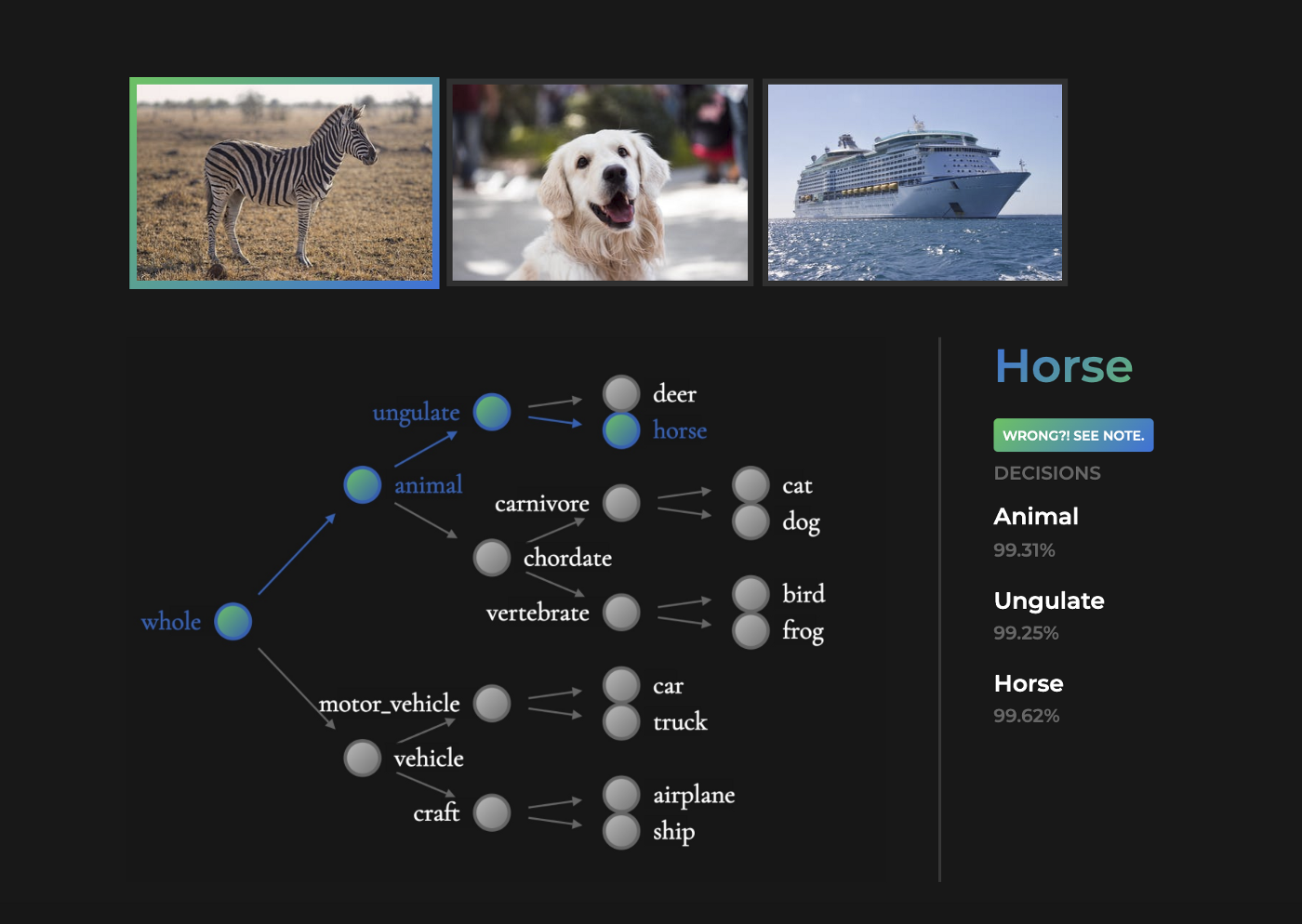|
In recent years, Robotics Process Automation (RPA) has emerged as a groundbreaking technology that has the potential to revolutionize business operations across industries. RPA involves the use of software robots or "bots" to automate repetitive and rule-based tasks, enabling organizations to streamline their processes, increase efficiency, and reduce costs. One of the key advantages of RPA is its ability to handle monotonous and time-consuming tasks that were traditionally performed by humans. These tasks can range from data entry and invoice processing to customer support and report generation. By automating these tasks, companies can free up valuable human resources to focus on more strategic and value-added activities, such as innovation and decision-making. RPA works by mimicking human actions within computer systems, interacting with various applications, databases, and websites just like a human employee would. Bots can be programmed to perform specific actions, follow predefined rules, and make decisions based on the given parameters. They can work 24/7 without getting tired or making errors, ensuring consistent and accurate results. Implementing RPA offers several benefits for businesses. Firstly, it leads to faster processing times and improved operational efficiency. Bots can execute tasks at a much higher speed compared to manual labor, reducing processing times from hours to minutes or even seconds. This not only improves productivity but also enhances customer experience by delivering faster turnaround times. Secondly, RPA reduces the risk of human errors. Manual data entry and repetitive tasks are prone to mistakes, which can have significant consequences for businesses. By automating these processes, RPA eliminates human error, ensuring data accuracy and compliance with regulatory requirements. This not only improves data quality but also minimizes the need for costly error rectification and rework. Furthermore, RPA enables organizations to achieve cost savings by eliminating the need for additional manpower. Instead of hiring more employees to handle increasing workloads, companies can deploy bots to handle the repetitive tasks, thereby reducing labor costs. Additionally, RPA can integrate with existing systems and applications, eliminating the need for complex and expensive IT infrastructure upgrades. However, it is important to note that RPA is not meant to replace humans entirely. While bots can automate routine tasks, human oversight and intervention are still necessary for more complex decision-making processes and handling exceptions. RPA should be seen as a tool that complements human skills, allowing employees to focus on higher-value activities that require critical thinking, creativity, and emotional intelligence. In conclusion, Robotics Process Automation is transforming the way businesses operate by automating repetitive and rule-based tasks. By implementing RPA, organizations can streamline their processes, increase efficiency, reduce costs, and improve data accuracy. As technology continues to advance, RPA will play an increasingly vital role in enabling companies to stay competitive in the rapidly evolving digital landscape.  |
